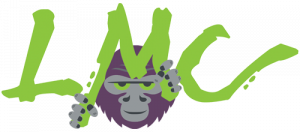Q&A With Leaders in Technology and Aging
We’ve been talking with innovators in the Technology and Aging industry. Today, we spoke with Michele Ahlman, CEO of ClearSounds Communications. Here are some highlights from our conversation.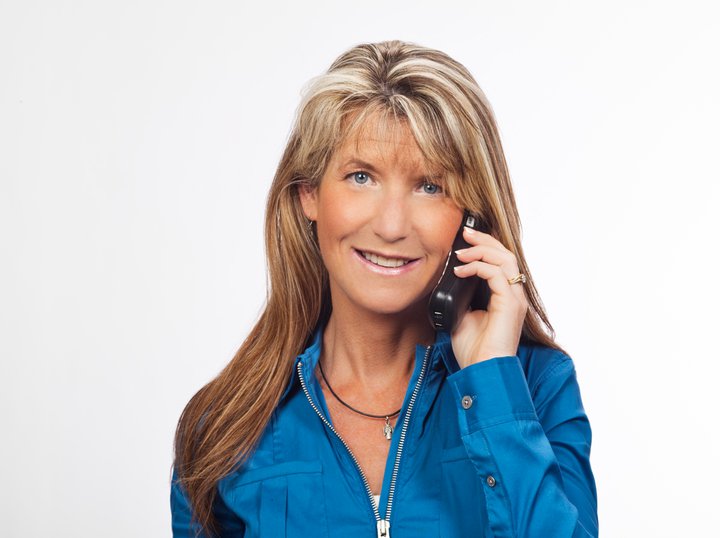
Q: Hi Michele, thanks for talking with us today. Can you tell us a little about who you are and what you do?
A: My name is Michele Ahlman. I’m CEO of ClearSounds Communications, CEO of Clear Digital Media, and Vice President of HITEC Group. I’ve been in the hearing health business for 35 years.
Q: That’s a long time. How did you first get started in this industry?
A: It’s a family business. Early in the 80s, long before there was much technology, my mom founded our first company, HITEC Group. That firm is a distributor of telecommunications products for the hearing-impaired. My dad blew out his hearing as a tank commander in the military, so her entrée to the industry came through my dad’s own personal experience with hearing loss.
My mom was a school teacher in Chicago for many years. She didn’t have an MBA. No plan to take over the world. She liked the idea of giving back, helping people, creating opportunities, doing good, and creating a legacy for her kids. That was her mission. She lived by the golden rule, built strong relationships, and HITEC flourished over the years.
Q: Where did they get the idea for ClearSounds?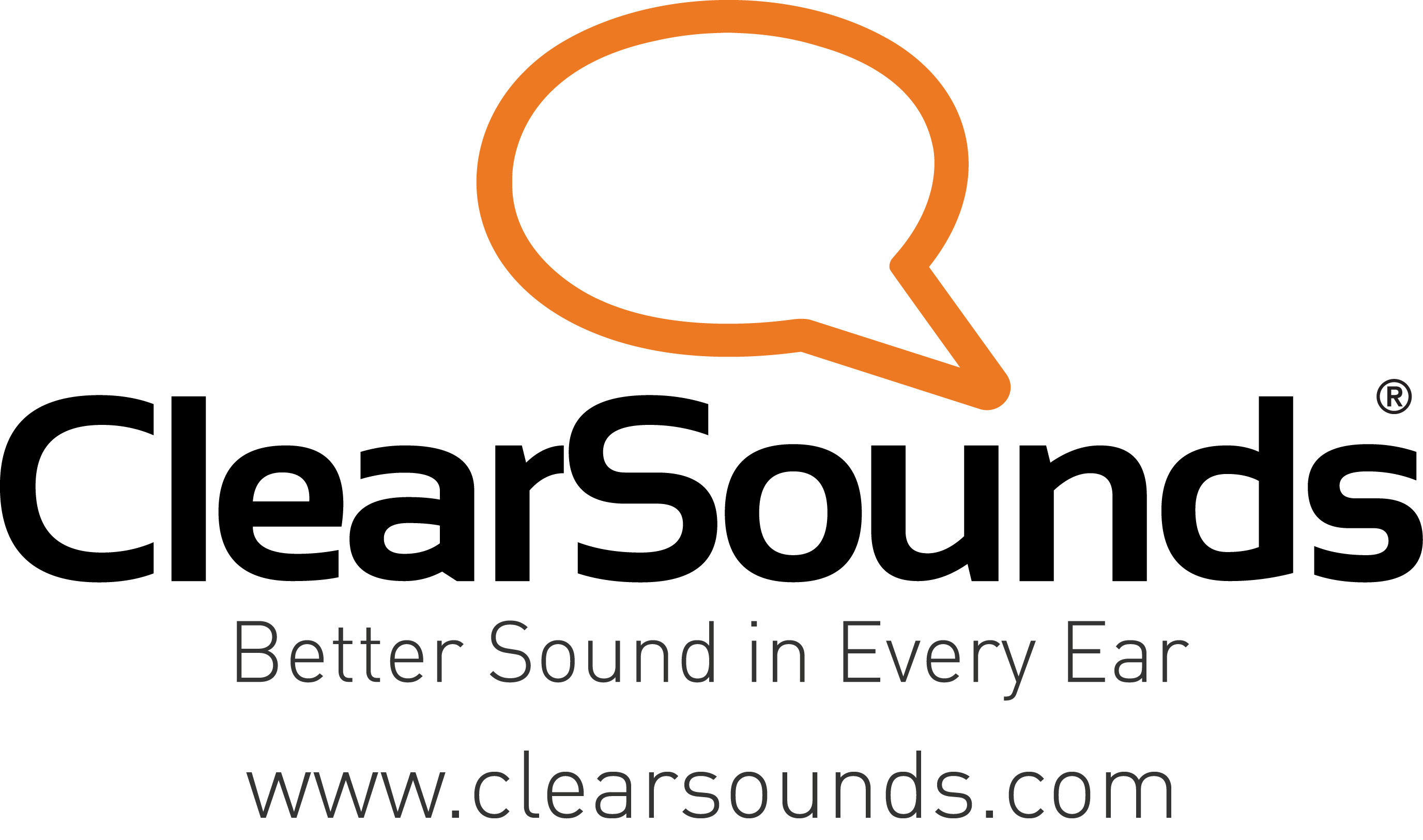
A: My dad came on board in the mid 80s. He went to the phone company, Illinois Bell at the time, and he said, “You guys are doing a half-assed job taking care of people with disabilities.” So we took over the special needs center for the phone company, which later became AT&T. We were their special needs center for 17 years, and the incubator for telephone accessibility ideas for folks with hearing loss.
When AT&T got out of consumer products, we realized the industry was left with outdated technology. So at that stage we incorporated ClearSounds, and entered the world of engineering, manufacturing and design. We created a lot of new products for people with hearing loss, and it became very successful.
Q: What do you find to be the biggest challenge in this industry?
A: People with hearing loss don’t form a distinct, easily identifiable group. But what’s intriguing is that, over the years, the profile of the hearing aid user hasn’t changed much: someone in their mid to late 70s who has struggled for over seven years before pulling the trigger to get help. But hearing loss is nondiscriminatory in age, and in fact, it’s increasingly affecting the younger generation. And still, the people who take action hasn’t changed over time. The psychology around it is mind boggling. It’s not like there’s a group of people who raise their hands and say, “I have hearing loss, and I can’t wait for technology to help me out with that.” Even though it could. It’s fascinating.
Q: So what is it? What’s stopping people from taking action?
A: There are a variety of factors at play: cost, convenience and mindset. Cost and convenience is addressed with the emergence of over-the-counter hearing aids. Finally, people have the option of reduced cost and more convenience, but it hasn’t moved the needle significantly. Sure, these new products are moving, but they’re not reaching new consumers. They’re reaching people who were already taking action through hearing care centers and audiologists. [pullquote align=”right” cite=”Michele Ahlman, CEO ClearSounds Communications” link=”” color=”#69AE22″]”It’s not like there’s a group of people who raise their hands and say, “I have hearing loss, and I can’t wait for technology to help me out with that.“[/pullquote]
In 2012, we formed Clear Digital Media, our third business, to deliver real-time content on the issue of hearing loss to patients in waiting rooms of audiologists’ and doctors’ offices, and we’re even expanding into dentistry. Our mission is simple. It’s to educate, entertain, and engage people who could be getting help, trying to address this challenge of hearing loss.
Q: Is there anything you would change about this industry if you could?
A: As we think through the process of distribution, and how people adopt technology, we have to address the question of whether we’re a technology industry or a healthcare industry. How do we address the psychological barrier of people taking action to treat their hearing loss?
Hearing aids are expensive. Getting one is usually an expensive process, and not always a convenient one. Often hearing aids aren’t covered by insurance, and I think that changes people’s mindset. The senior demographic typically looks at the doctor as the expert. Insurance covers the visit, and those two things are associated, part of the medical world, getting treatment. Hearing care is often out-of-pocket, and expensive, so our mindset isn’t the same. It changes how people take action.
Plus, it’s typically not a crisis, not like when you break a leg, and need to get treatment immediately. When we start to lose hearing, it’s gradual. People can raise their voice when talking to you. You can adjust volume control. If there are seniors or grandparents in your life, you’ve probably heard them tell you they’re fine. It’s just that you mumble. People tend to wait until they’re so frustrated, until the process of communication is so exhausting, that they don’t do it anymore. Hearing impacts how we see ourselves, based on how people react to us. It’s ironic that it’s so important, but we don’t take action because we don’t want to admit it’s a problem.
Hearing loss progresses. It doesn’t get better. The younger you are when the hearing problem starts, the worse it’s going to get. But people don’t want to talk about it. It’s all very intriguing, and we need to figure out how to break through the psychological barrier, and let it affect the products themselves, and how they’re delivered.
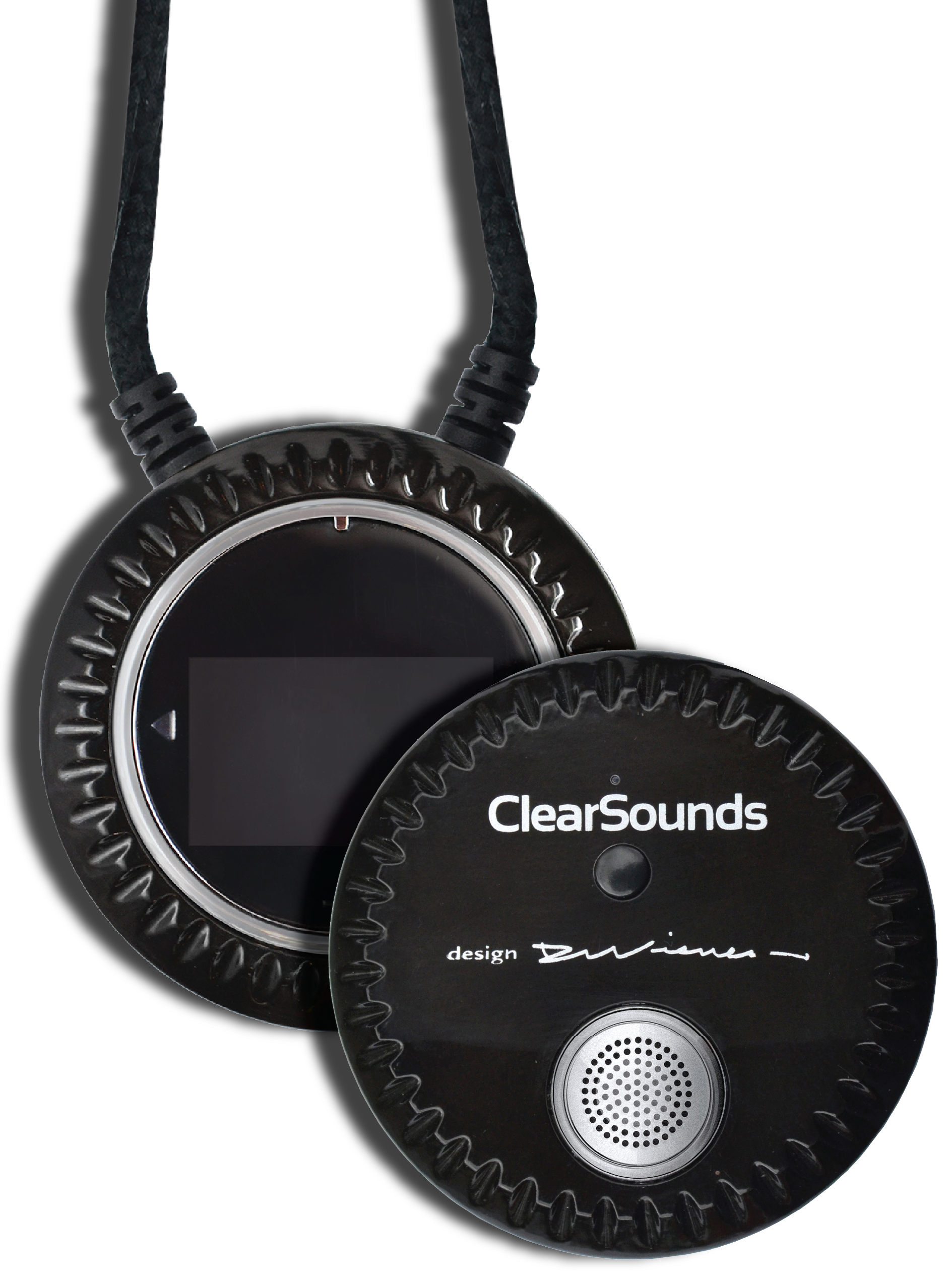 Q: What is the industry getting right?
Q: What is the industry getting right?
A: In the hearing healthcare area, what we’re doing right is realizing that the consumer rules. We can try to control distribution, but the consumer makes the final decision. The true path to growth, to more people adopting the technology, is when the consumer has an element of control over the process. When the distribution model controls the customer’s behavior, when there are limited options for accessing technology, and for finding choices that fit, then nothing’s going to change. And the industry is shifting to understand that better.
Q: What’s next for your companies?
A: We’re about breaking that psychological barrier that limits people from taking advantage of the technology advancements that are out there, that keeps them from picking and choosing, and blending them together into the best Frosty ever (laughs). This is a deep question, that no-one has figured out yet. It’s complicated, but an extremely exciting opportunity for us.
We need to figure this out. ClearSounds has a series of Bluetooth connected devices, so we’re trying to move to form factors that are cooler, and that make people feel better about owning technology. It brings music back to life for people, and that seems key to me, because it’s really important to a lot of people.
On the Clear Digital Media side, we’re engaging patients at the point of care, building loyalty, and providing a tool to educate, engage, and entertain people in the waiting room. All of this helps change the dynamic between the patient and the provider.
HITEC Group is rebranding, from hearing-impaired technology to health-inspired technology. We’re expanding into things that get people motivated. What gets you going? What motivates you to take action? We will be tying all of these things together.
Q: What advice would you give a new entrepreneur?
A: I think there are two types of entrepreneurs. Midwestern-model entrepreneurs have a great idea. They go to family and friends, and do everything they can to launch the business all by themselves, a self-funded, mortgage on the line, small family business. Then there are Big Idea entrepreneurs, who have a big idea, go to venture capitalists to get investment money, give up some control, but blow it out of the water, go public, become wildly successful. My parents are serial entrepreneurs in the model of the Midwestern entrepreneur, and that’s what I’ve always known, so my advice is in that mindset.
Give more than you expect in return, and the payoff is tremendous. There’s no substitute for working hard, no patch, no pill. You have to be ready to bust your ass and be scared as hell. If you can get through that, anything is possible. My own parents worked hard. There were times things were really tough, food stamps, Section 8 housing. I grew up in a world where there was no other option but working your butt off. I remember my parents having conversations where they told each other, “We will make it. We will be successful.” That way of thinking has resonated through my life. And honestly, I couldn’t ask for a better opportunity.
Laura Mitchell Consulting is a strike team of marketing and growth strategy experts in the aging and technology industry. Know someone we should feature in our “Meet the Innovators” blog series? Contact us at info@lmcllc.us and let us know!
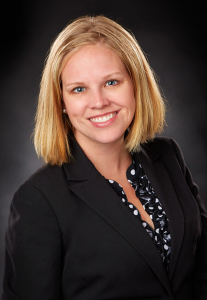 WEST BEND, WI — Laura Mitchell Consulting (LMC) announced today that their strike team of digital media experts has been selected to provide social media magic to West Bend’s inaugural Nonprofit Conference, coordinated by the Volunteer Center of Washington County and hosted by West Bend Mutual Insurance. This Nonprofit Conference is designed to educate, empower and connect local nonprofits with one another in an unforgettable event on April 28th, 2016 at the West Bend Mutual Prairie Center.
WEST BEND, WI — Laura Mitchell Consulting (LMC) announced today that their strike team of digital media experts has been selected to provide social media magic to West Bend’s inaugural Nonprofit Conference, coordinated by the Volunteer Center of Washington County and hosted by West Bend Mutual Insurance. This Nonprofit Conference is designed to educate, empower and connect local nonprofits with one another in an unforgettable event on April 28th, 2016 at the West Bend Mutual Prairie Center. “We wanted to develop a conference that would truly help our not-for-profit community,” said Sue Millin, the Volunteer Center Executive Director. “LMC’s team of digital experts was a natural fit to provide the live stream of content and add that digital energy and expertise to our event.”
“We wanted to develop a conference that would truly help our not-for-profit community,” said Sue Millin, the Volunteer Center Executive Director. “LMC’s team of digital experts was a natural fit to provide the live stream of content and add that digital energy and expertise to our event.”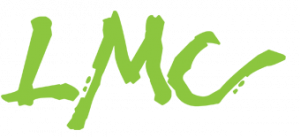


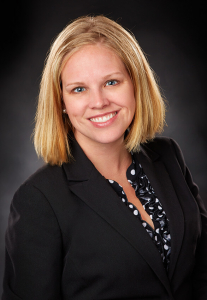 Laura Mitchell will be attending AARP LivePitch as a coaching mentor for two of the competing startups in the quick pitch competition. The fifth annual
Laura Mitchell will be attending AARP LivePitch as a coaching mentor for two of the competing startups in the quick pitch competition. The fifth annual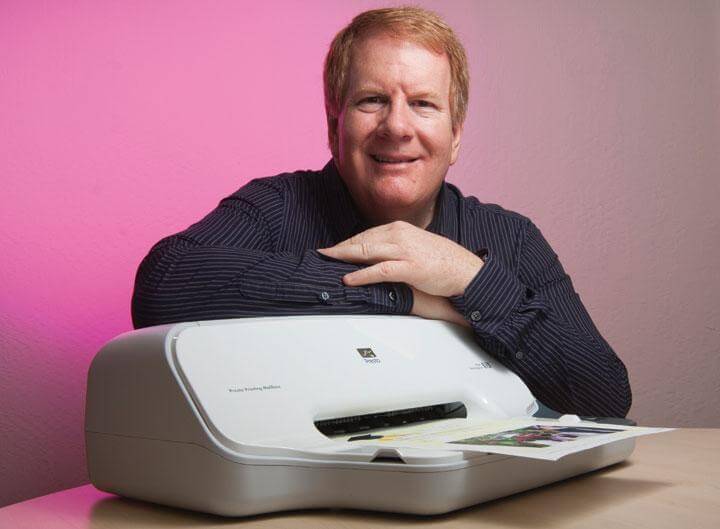
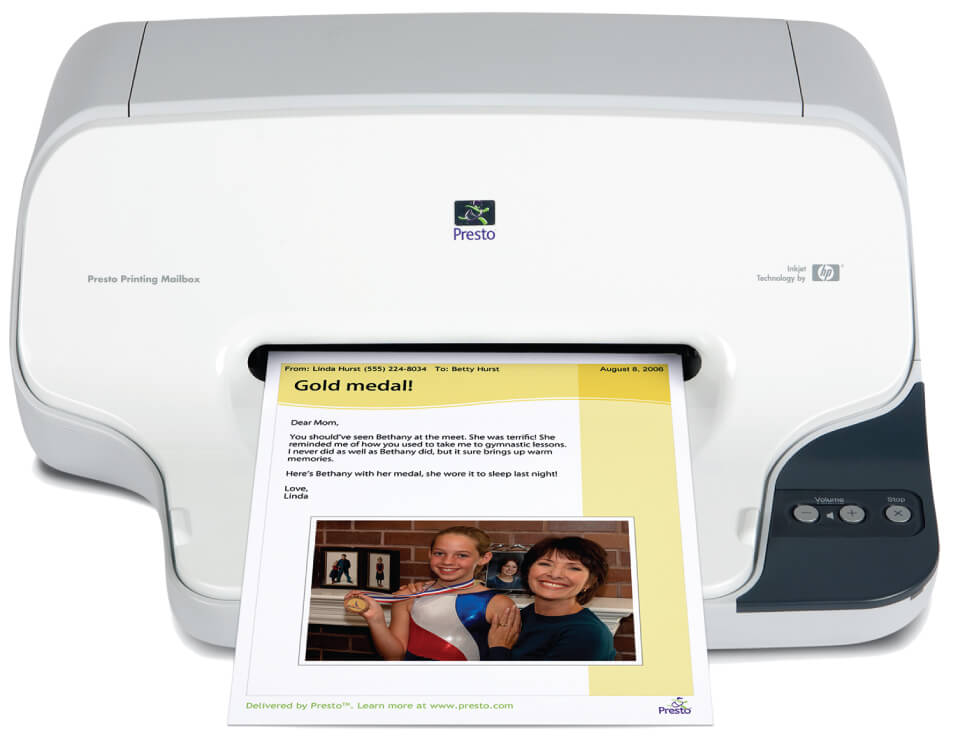


 Q: What is the industry getting right?
Q: What is the industry getting right?
